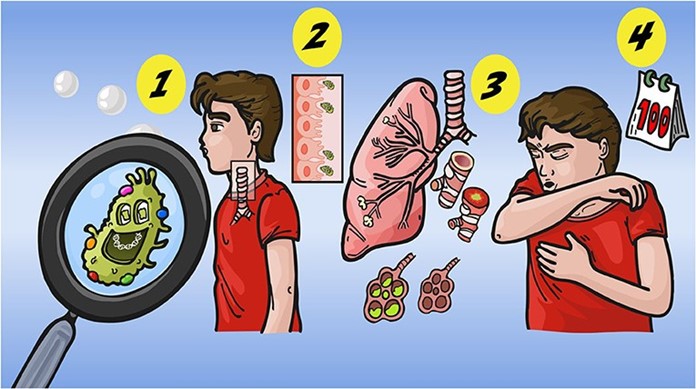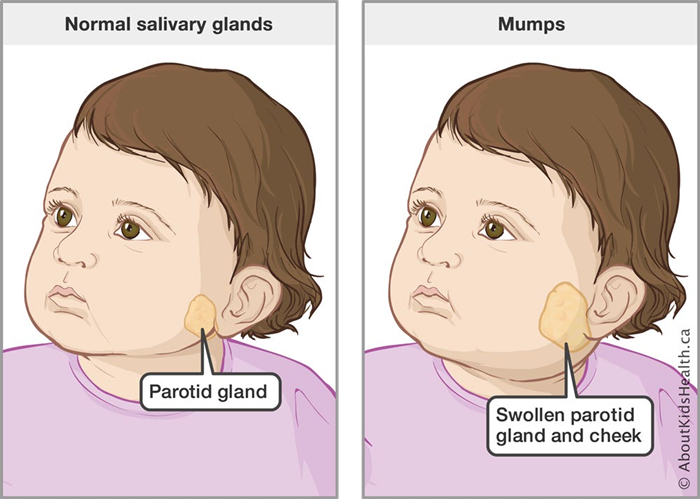A nurse is caring for a 6-month-old infant who is postoperative following a myringotomy. Which of the following pain scales should the nurse use to determine the infant's pain level?
Oucher
FLACC
FACES
Visual Analog Scale
The Correct Answer is B
Choice A: The Oucher pain scale is not suitable for a 6-month-old infant, as it is designed for children aged 3 to 13 years who can point to pictures of faces that match their pain level. A 6-month-old infant cannot communicate verbally or point to pictures.
Choice B: The FLACC pain scale is suitable for a 6-month-old infant, as it is designed for infants and children aged 2 months to 7 years who cannot verbalize their pain. The FLACC pain scale assesses five behavioral indicators of pain: face, legs, activity, cry, and consolability. Each indicator is scored from 0 to 2 based on the observation of the nurse. The total score ranges from 0 to 10, with higher scores indicating more pain.
Choice C: The FACES pain scale is not suitable for a 6-month-old infant, as it is designed for children aged 3 years and older who can select a face that matches their pain level. A 6-month-old infant cannot communicate verbally or select a face.
Choice D: The Visual Analog Scale (VAS) is not suitable for a 6-month-old infant, as it is designed for adults and older children who can mark a point on a line that represents their pain level. A 6-month-old infant cannot communicate verbally or mark a point on a line.
Nursing Test Bank
Naxlex Comprehensive Predictor Exams
Related Questions
Correct Answer is B
Explanation
Choice A reason: This choice is incorrect because mumps is not the common name for pertussis. Mumps is a viral infection that causes inflammation of the salivary glands, especially the parotid glands. It may cause symptoms such as fever, headache, and swelling of the cheeks or jaw. It can be prevented by vaccination with the measles-mumps-rubella (MMR) vaccine.
Choice B reason: This choice is correct because whooping cough is the common name for pertussis. Pertussis is a bacterial infection that causes severe coughing spells, which may be followed by a high-pitched whoop sound or vomiting. It may cause complications such as pneumonia, seizures, or brain damage, especially in infants and young children. It can be prevented by vaccination with the diphtheria-tetanus-pertussis (DTaP) vaccine.
Choice C reason: This choice is incorrect because the fifth disease is not the common name for pertussis. The fifth disease is a viral infection that causes a rash on the face, trunk, and limbs, which may resemble a slapped cheek appearance. It may cause mild symptoms such as fever, runny nose, or joint pain. It usually affects children and is self-limiting.
Choice D reason: This choice is incorrect because chickenpox is not the common name for pertussis. Chickenpox is a viral infection that causes an itchy rash with fluid-filled blisters all over the body. It may cause symptoms such as fever, headache, or loss of appetite. It can be prevented by vaccination with the varicella-zoster (VZV) vaccine.

Correct Answer is D
Explanation
Choice A: Contact precautions are not necessary for a child who has mumps, as mumps is not transmitted by direct or indirect contact with the infected person or their environment. Contact precautions are used for infections that are spread by contact with skin, wounds, body fluids, or contaminated surfaces.
Choice B: Standard precautions are always used for any patient care, regardless of their diagnosis or infection status. Standard precautions include hand hygiene, use of personal protective equipment (PPE), safe injection practices, and proper disposal of waste and sharps. However, standard precautions alone are not sufficient for a child who has mumps, as mumps are transmitted by respiratory droplets.
Choice C: Airborne precautions are not necessary for a child who has mumps, as mumps are not transmitted by small particles that remain suspended in the air and can be inhaled by others. Airborne precautions are used for infections that are spread by airborne transmission, such as tuberculosis, measles, or chickenpox.
Choice D: Droplet precautions are required for a child who has mumps, as mumps are transmitted by large respiratory droplets that are expelled when the infected person coughs, sneezes, or talks. Droplet precautions include wearing a surgical mask when within 3 feet of the patient, placing the patient in a private room or cohorts with other patients with the same infection, and limiting visitors and staff who are susceptible to the infection.

Whether you are a student looking to ace your exams or a practicing nurse seeking to enhance your expertise , our nursing education contents will empower you with the confidence and competence to make a difference in the lives of patients and become a respected leader in the healthcare field.
Visit Naxlex, invest in your future and unlock endless possibilities with our unparalleled nursing education contents today
Report Wrong Answer on the Current Question
Do you disagree with the answer? If yes, what is your expected answer? Explain.
Kindly be descriptive with the issue you are facing.
